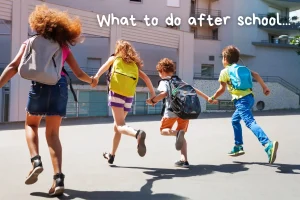
- Trusted by Over 2000 Schools Nationwide
- Top-Rated PD Provider ★★★★★ 4.77
- Save with our Kits & Packages – Shop Now! →
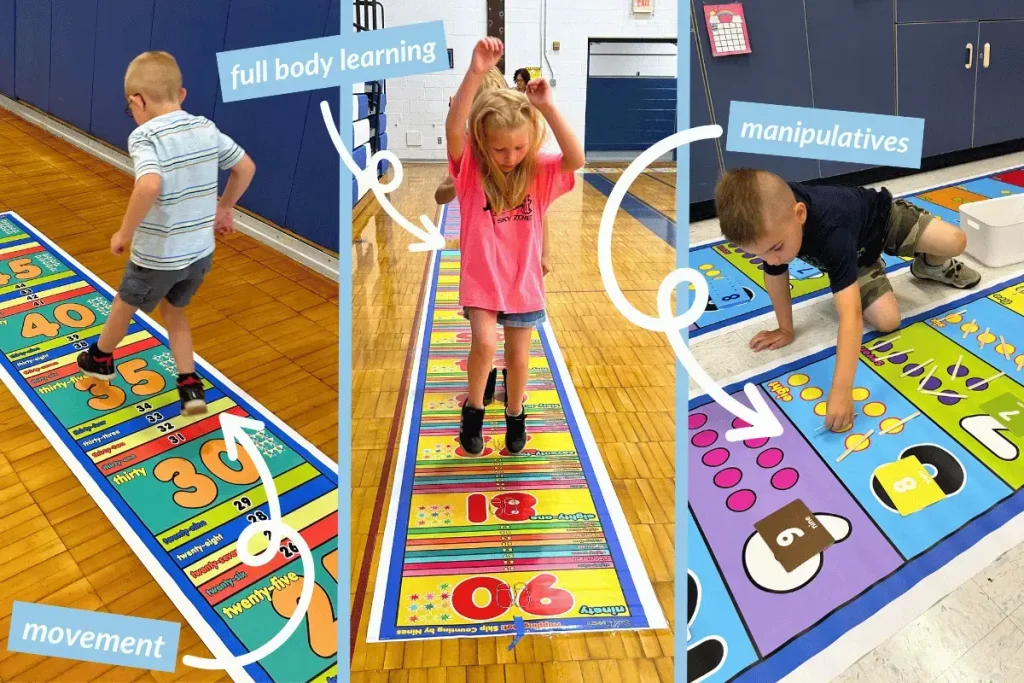
It’s not always easy to keep students engaged, especially in math. But what if you could turn movement into a powerful learning tool? That’s the idea behind kinesthetic learning.
So, what exactly is kinesthetic learning? Essentially, it’s learning by doing, engaging the body to enhance understanding. For many elementary students, things like math anxiety can be a significant hurdle, and kinesthetic learning offers a way to alleviate that anxiety through active engagement.
Beyond the core definition, you’re probably asking the critical questions: Can kinesthetic learning boost student achievement in math? How can I create engaging kinesthetic learning activities that address diverse learning styles? And what do successful kinesthetic teaching activities look like in a real classroom setting?
Let’s explore practical kinesthetic learning strategies and discover how Math & Movement helps educators bring these dynamic learning experiences to classrooms nationwide.
Kinesthetic learning, also known as movement-based learning, involves using physical activity or interaction to teach new concepts. It’s a hands-on approach where students learn by physically engaging with the subject matter, achieving understanding through movement and touch.
The term “kinesthesia” itself, as defined by Dictionary.com, refers to “the sensation of movement or strain in muscles, tendons, and joints.”
Going from there, kinesthetic learning is all about learning by doing. It is a powerful tool for those who learn best by being physically involved.
This leads us directly into the benefits of kinesthetic learning. Kinesthetic learning activates multiple senses and enhances memory retention by connecting physical action with cognitive understanding.
People with a kinesthetic learning style thrive as active participants rather than passive observers. For example, when learning to ride a bike, they learn best by practicing balancing and pedaling rather than just watching or listening to instructions.
Approximately 5-10% of people identify as kinesthetic learners, highlighting a significant portion of students who benefit from this approach.
These learners often excel in environments encouraging movement and hands-on exploration, demonstrating how crucial kinesthetic learning strategies are for their success.
In fact, research from the National Training Laboratories suggests learners retain up to 75% of information when actively participating in a task, compared to only 10% through passive methods like reading or listening to lectures.
Educators can identify kinesthetic learners by observing characteristics such as physical coordination and a strong interest in activities involving tools, instruments, and manipulatives. They may also notice that these students learn best when they can move around the classroom or participate in hands-on projects, highlighting the importance of incorporating kinesthetic activities into the curriculum.

To truly understand kinesthetic learning activities, consider these practical examples that teachers can easily implement:
Ready to bring movement-based learning to your core subjects? Discover our Math and Literacy Kits, designed to ignite engagement and boost student achievement.
Our kits supplement your curriculum and provide comprehensive resources for:
Integrating kinesthetic learning activities into your school’s teaching offers multiple advantages. Here are six compelling benefits for your students.
Kinesthetic activities significantly improve students’ ability to understand and remember new information. The science behind this is clear: physical movement enhances cognitive function. There are many benefits of kinesthetic learning backed by science.

Incorporating kinesthetic teaching activities into your school curriculum stimulates both the body and the mind, which is particularly beneficial for young learners. Active brain cells positively impact cognitive development, enhancing critical thinking and problem-solving skills.
Coordinated movements also play a vital role in developing fine and gross motor skills, which are crucial for overall physical and academic progress. Kinesthetic strategies boost students’ self-efficacy and confidence, making them more willing to tackle academic challenges.
It’s a fact that kinesthetic learning in the classroom dramatically boosts student engagement. A study by the National Math Foundation revealed that incorporating kinesthetic activities significantly increased student engagement. Specifically, the research focused on integrating kinesthetic learning strategies into multiplication lessons for 492 students in grades 3-5.
Children naturally prefer movement over sitting still. Educators can create lessons that are enjoyable experiences by combining movement with learning. This approach increases engagement and builds a positive attitude to learning, making it easier to reach diverse learning styles for math and other subjects. Explore the details of the study and its findings.
Instead of struggling to keep students still, educators can use movement as a powerful tool for effective classroom management. By incorporating kinesthetic learning strategies, you can redirect students’ energy in a healthy, positive way. Increased engagement naturally leads to fewer instances of restlessness and disruptive behavior.
Kinesthetic learning activities inherently encourage interaction and communication among students. Hands-on projects provide an ideal platform for building a sense of community, developing teamwork skills, and promoting cooperation. As students move and work together, they learn to collaborate effectively, creating a more harmonious and productive learning environment.
Kinesthetic learning games and activities provide invaluable hands-on experiences, turning students into active participants in their learning journey. By engaging in trial and error, students develop the ability to find innovative solutions rather than passively receiving information. A more active approach promotes critical problem-solving skills and cultivates creativity, helping young learners think outside the box and apply their knowledge in unique ways.
As we all know, the traditional school day is very sedentary, and students often spend a significant portion of their day seated. Studies show that students can spend up to 63% of their school day sitting. By integrating kinesthetic activities into daily lessons, educators can demonstrate the importance of physical activity and its positive impact on overall health.
Incorporating movement throughout the school day breaks up the monotony of traditional lessons and instills healthy habits students can carry with them throughout their lives. Regular physical activity has been linked to:
By making movement a natural part of the learning process, schools can play a vital role in building a generation of active and healthy members of society!
Find out more about the tangible impact of Math & Movement from our case studies featured on our Student Data page.
Want to head deeper into the research and results behind Math & Movement? Explore our Program Data page to see how schools across the US are transforming student achievement with our kinesthetic learning strategies.
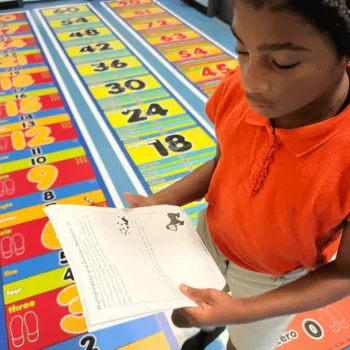
There are clearly numerous benefits of kinesthetic learning in the classroom, but how can educators translate these advantages into practical, everyday lessons? How can movement be easily integrated into core subjects like math and literacy, ensuring both engagement and academic progress?
While subjects like gym, art, dance, music, theatre, and science labs naturally lend themselves to movement and hands-on activities, the power of kinesthetic learning can extend to every subject. Math & Movement provides educators with the tools and kinesthetic resources to access the full potential of movement-based learning.
Every lesson can be an active and enriching experience. Our approach allows educators to create everything from a kinesthetic math curriculum to reading classes packed with engaging and effective resources.
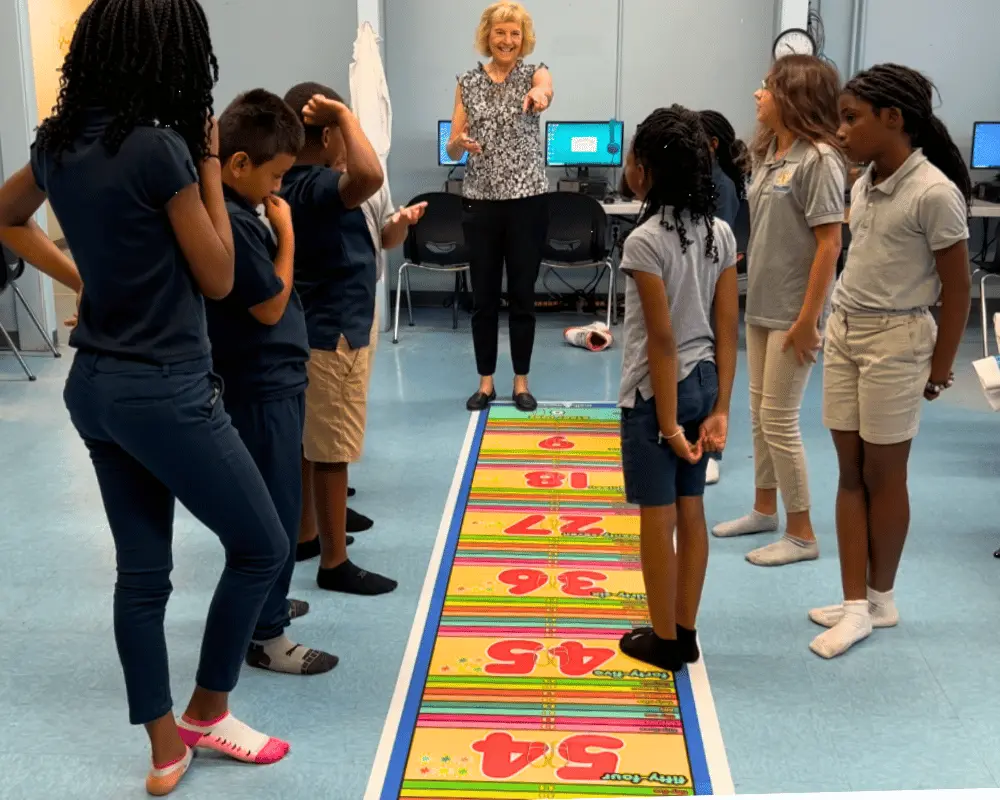
Even subtle movements can significantly enhance learning when paired with academic concepts. Math for kinesthetic learners can be enhanced with active math movements. These short exercises allow students to be physically active while reinforcing mathematical skills. Since these movements require no additional materials, they are ideal for short, energizing brain breaks throughout the school day.
Discover how students can bring skip counting by 2s to life by mimicking an alligator’s movements in the video below, demonstrating the power of active math movements to make learning both fun and effective. This is one of the best ways to teach multiplication in a fun, kinesthetic way.
Kinesthetic learning strategies that incorporate cross-body movements engage both hemispheres of the brain, leading to enhanced cognitive function. Picture an imaginary line running from your nose to the floor; when you move your right hand to touch your left foot, you cross this midline, activating both sides of your brain. These cross-body movements further stimulate the brain, boosting learning comprehension and retention.
Many of our active math movements use cross-body coordination. Discover a simple cross-body movement in the video below, designed to practice skip counting by 4s while seated. See firsthand how these movements can elevate learning.
The Math & Movement Training Manual for Elementary Schools has over 250 movements like the ones above to make math for kinesthetic learners accessible and understandable. Enter your email below to receive a FREE copy!
Movement isn't just for recess
Want to get started with movement-based learning right now? Enter your email to get our training manual with over 250 active math movements. No materials necessary!
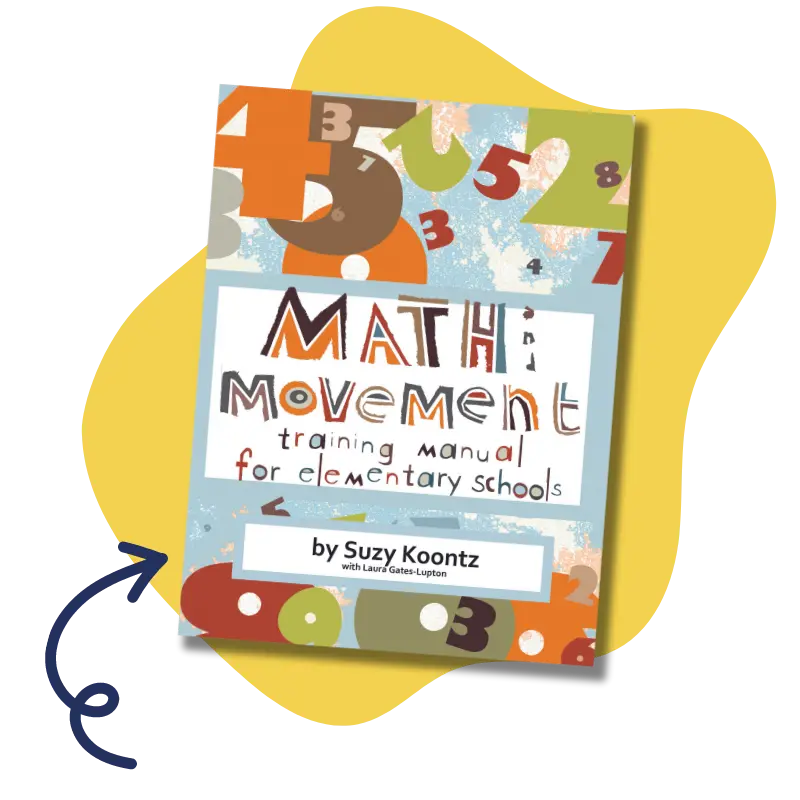
See how simple adding movement can be!
Decision-makers in education have long recognized the value of manipulatives and hands-on learning. While simple movement breaks provide classroom benefits, imagine the incredible impact of large-scale, integrated kinesthetic programs. These integrated programs can be easily and effectively implemented using something as simple as classroom rugs to support a kinesthetic learning environment.
Math & Movement delivers impactful, scalable solutions with manipulatives like floor mats and stickers designed to enhance learning across multiple classrooms and grade levels. Our comprehensive materials enable schools to implement kinesthetic learning strategies in math, literacy, science, and other core subjects, ensuring consistent engagement and improved student outcomes.
Our materials engage students through physical activities like walking, jumping, and tracing. They combine vibrant designs and auditory cues to create a multi-sensory learning environment.
We also offer smaller manipulatives like dice and play money to support diverse learning needs. Our approach allows schools to effectively address various learning styles for math and other subjects and successfully integrate tactile learning in classrooms.
Built for Busy School Schedules
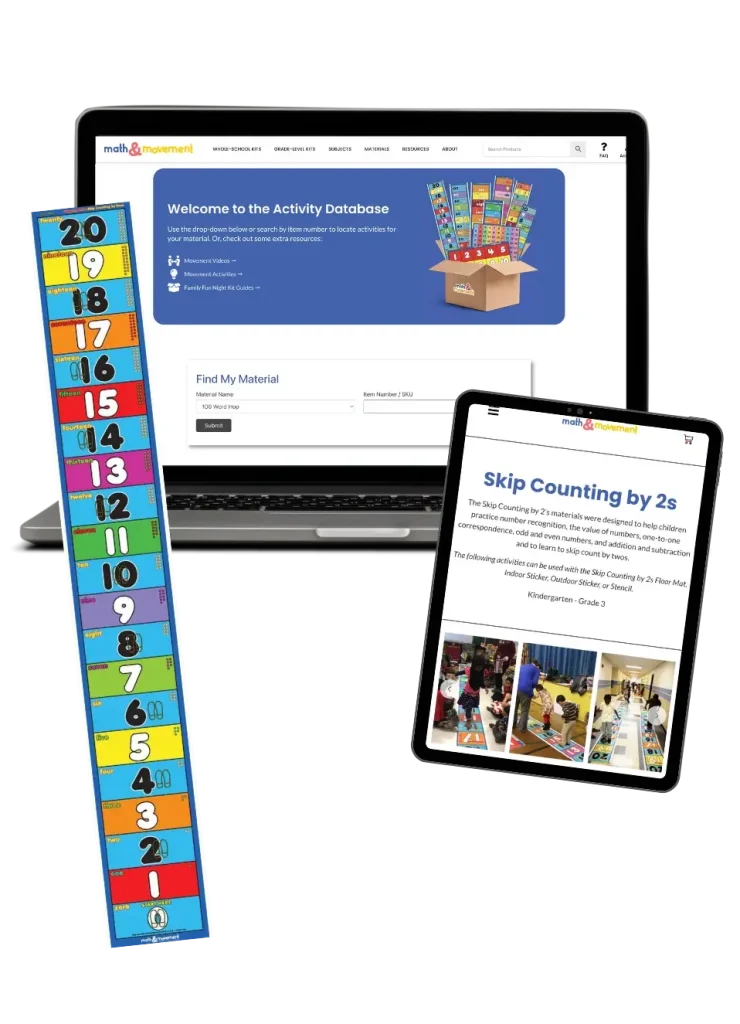
Identify your school’s grade levels and instructional priorities—we’ll recommend the kits and materials that best support your academic goals.
Our materials come with free, ready-to-use activities—making it easy for teachers to add movement to lessons with minimal prep.
Most activities require little to no prep. Just roll out the mat and start teaching with movement.
Use activities as warm-ups, classroom lessons, or interventions. Also add to family engagement events, summer learning, and afterschool programs.
Our U.S.-based support team is dedicated to helping your school succeed with movement-based learning. Easily plan virtual or in-person PDs for your staff.
Math & Movement supports school-wide implementation with resources like our activity database and virtual training, allowing your staff to confidently integrate kinesthetic teaching activities.
By providing students with experiential learning, we help schools achieve measurable improvements in student engagement, comprehension, and academic performance. But perhaps more importantly than that, it allows educators to build a growth mindset for kids in the classroom.
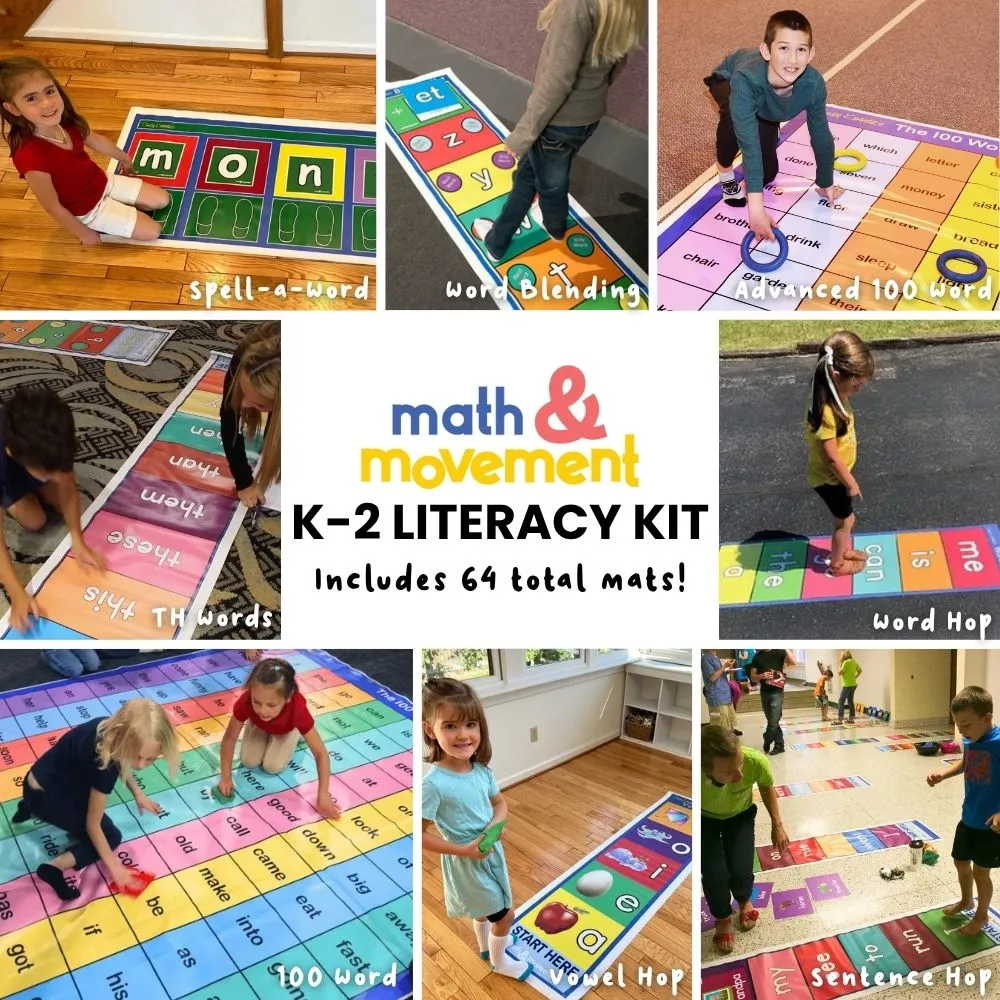
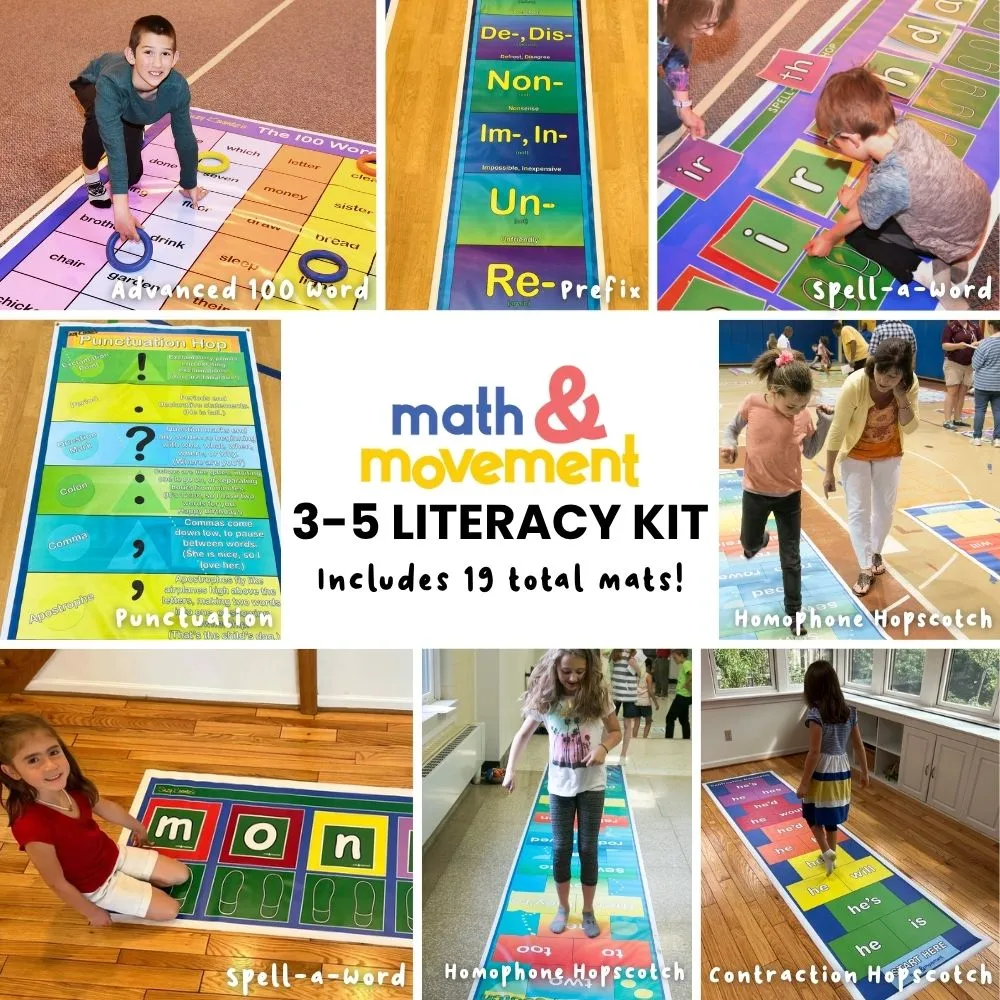
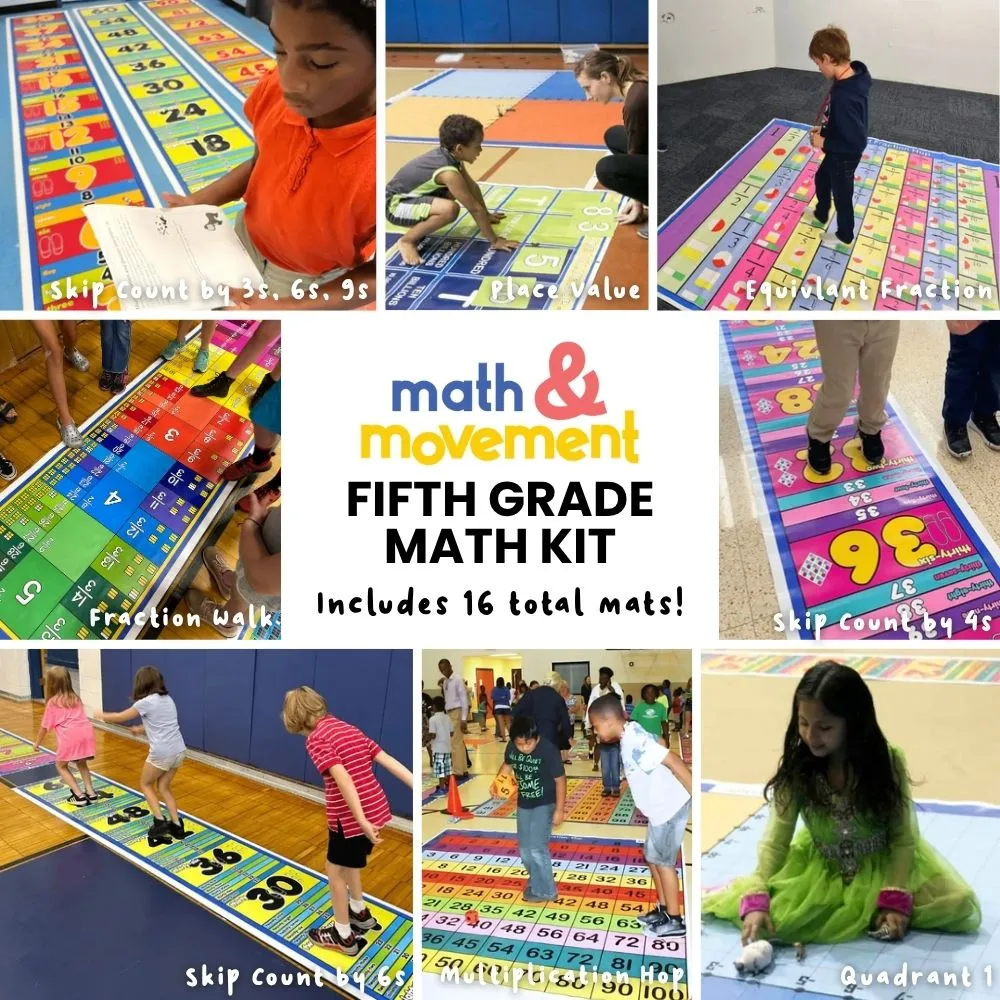
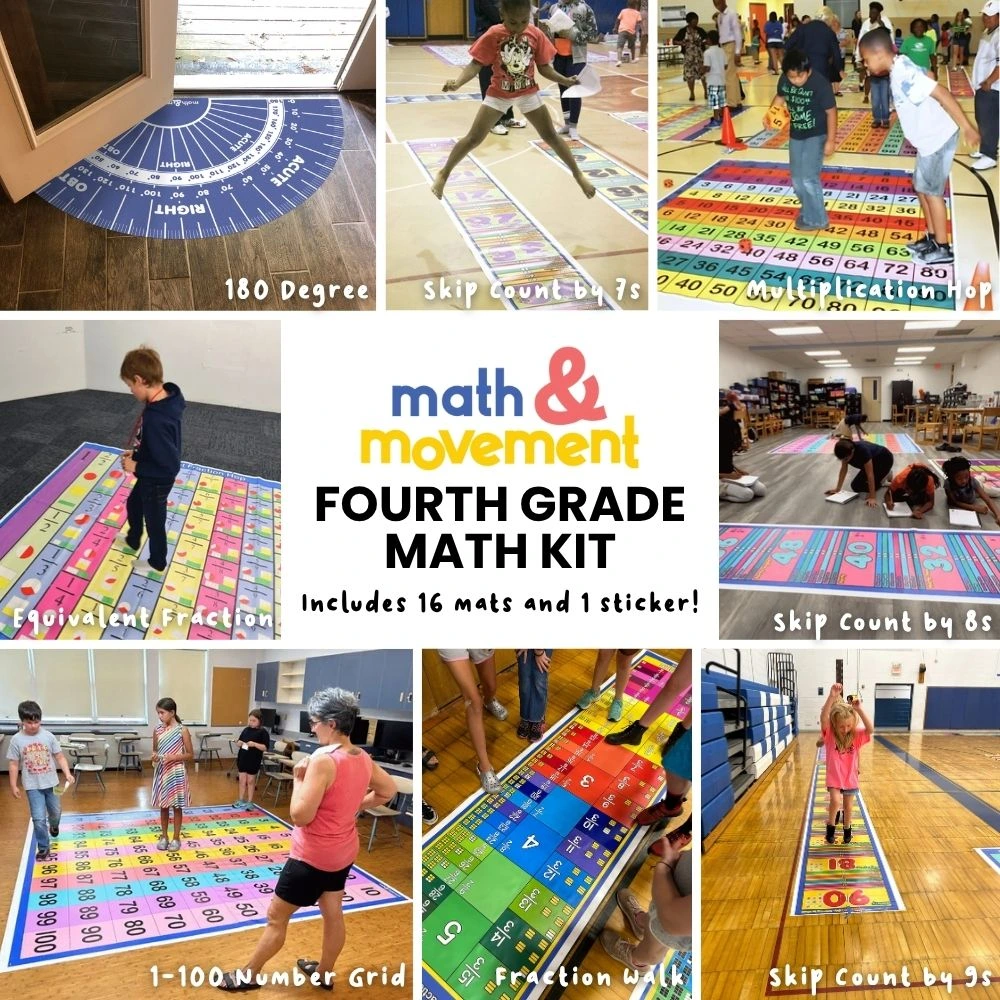
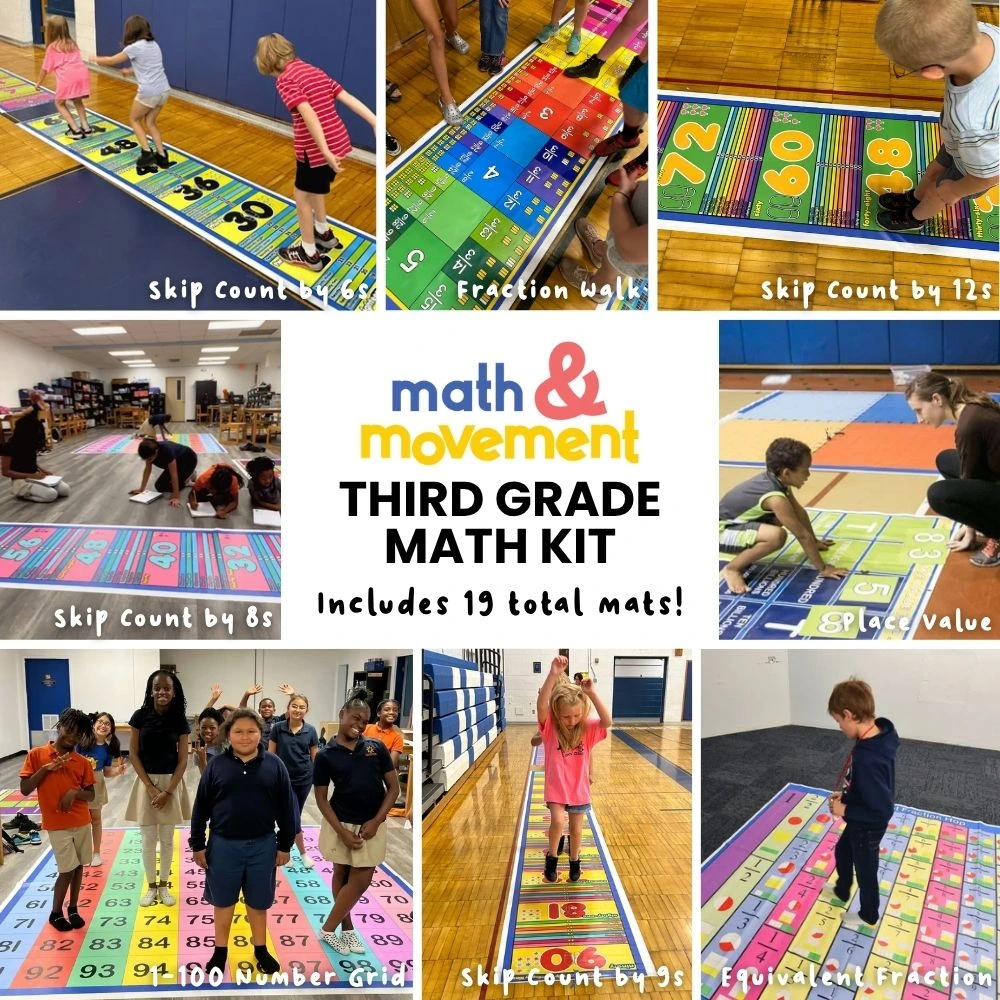
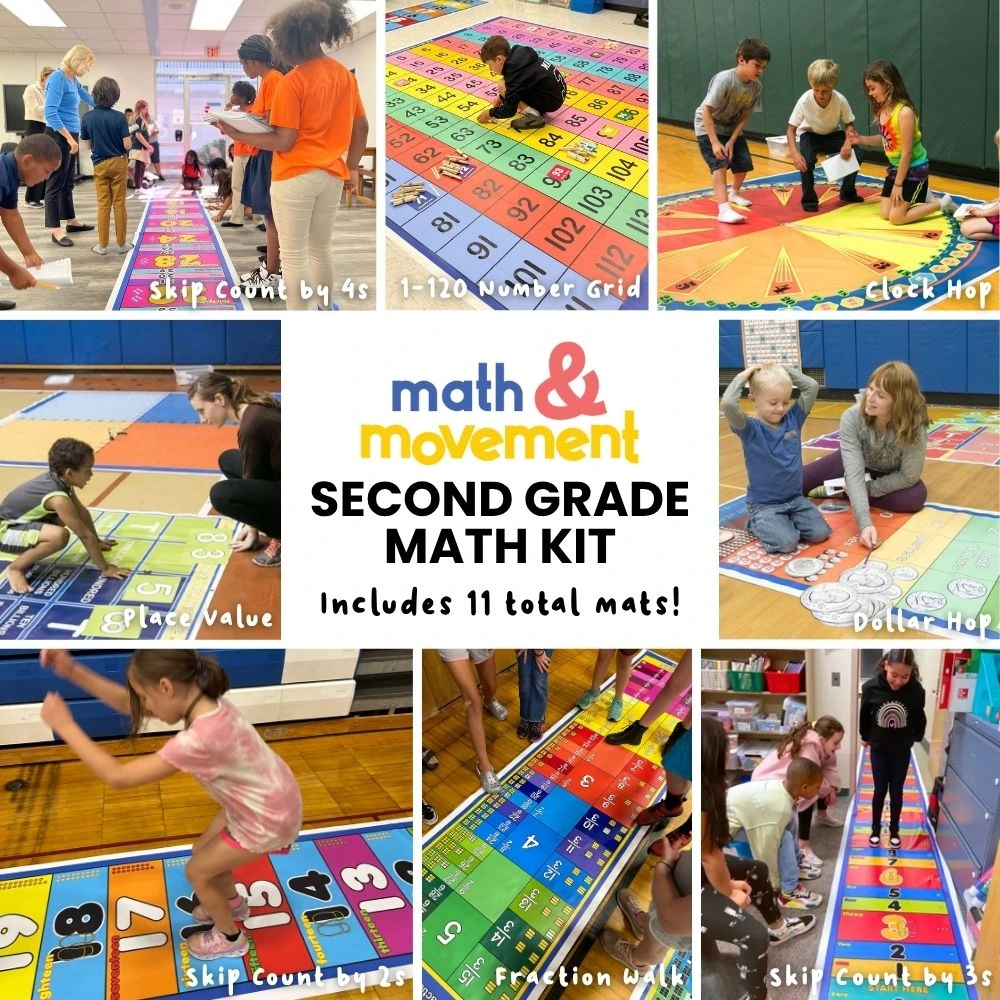
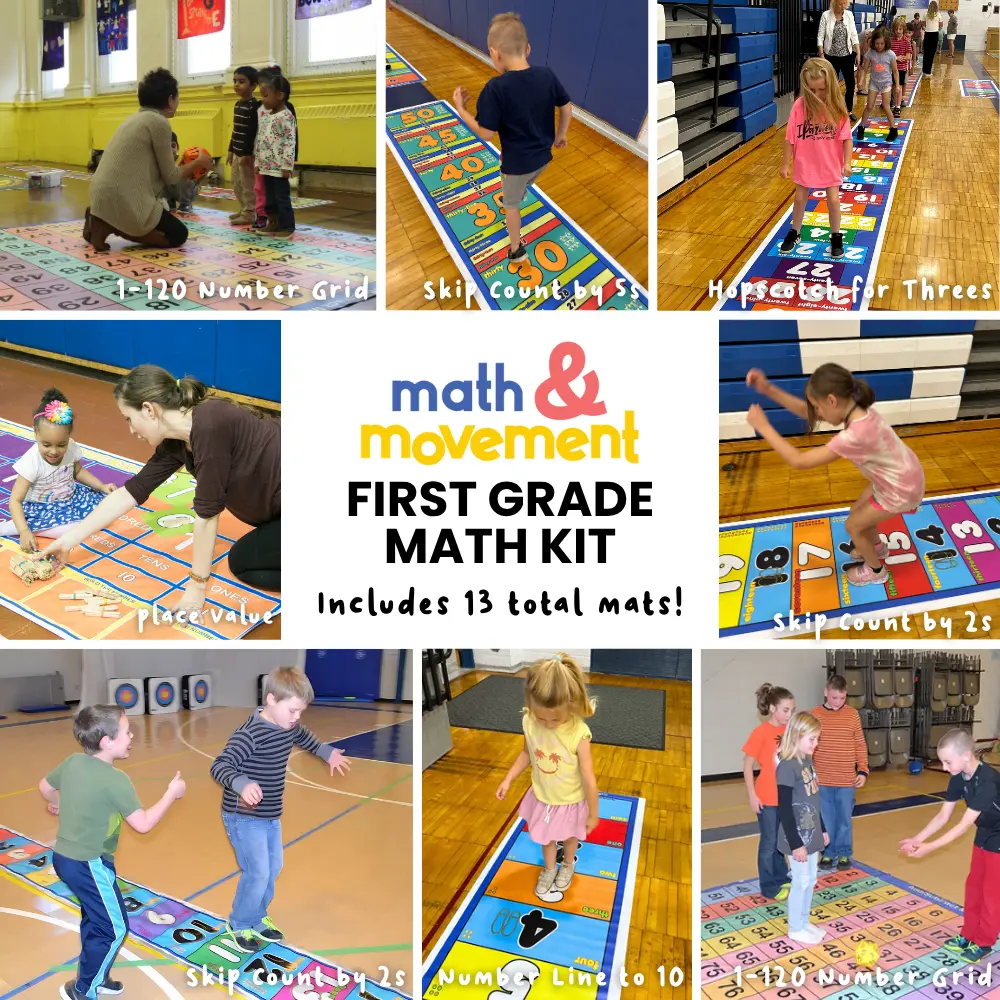
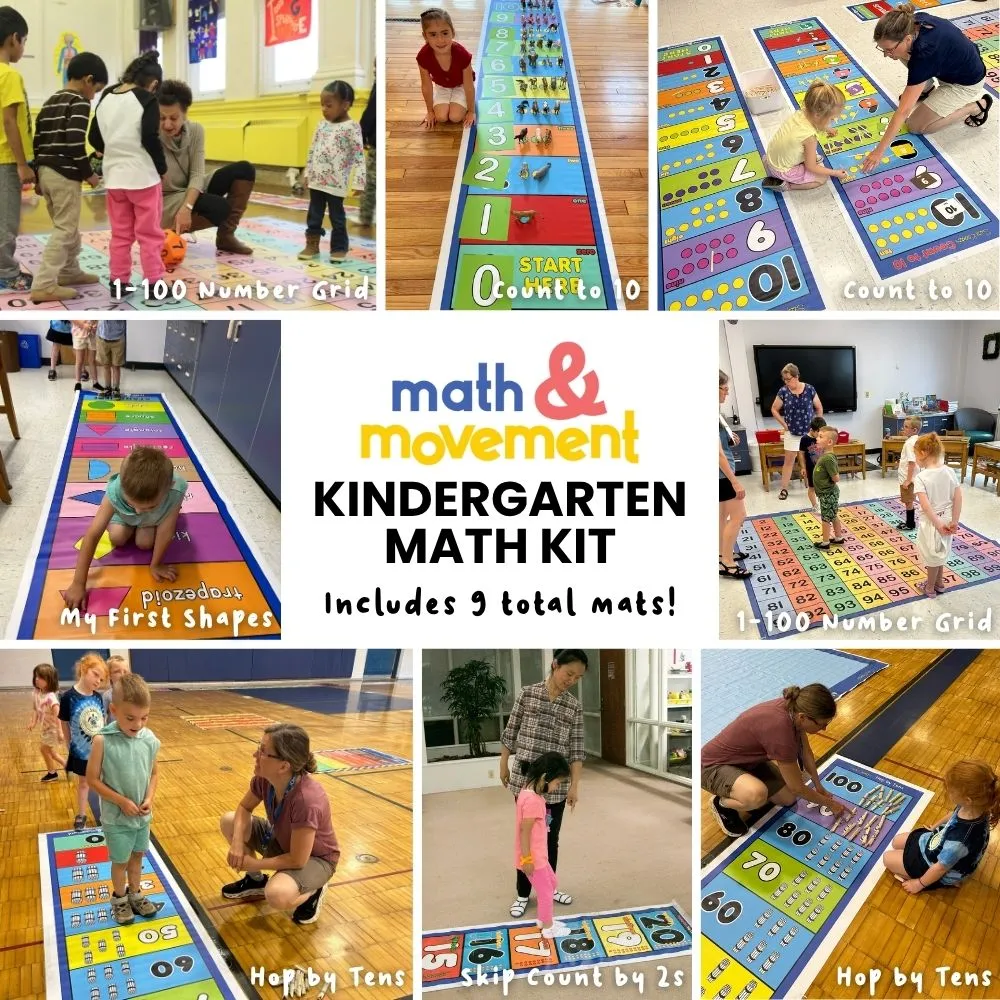
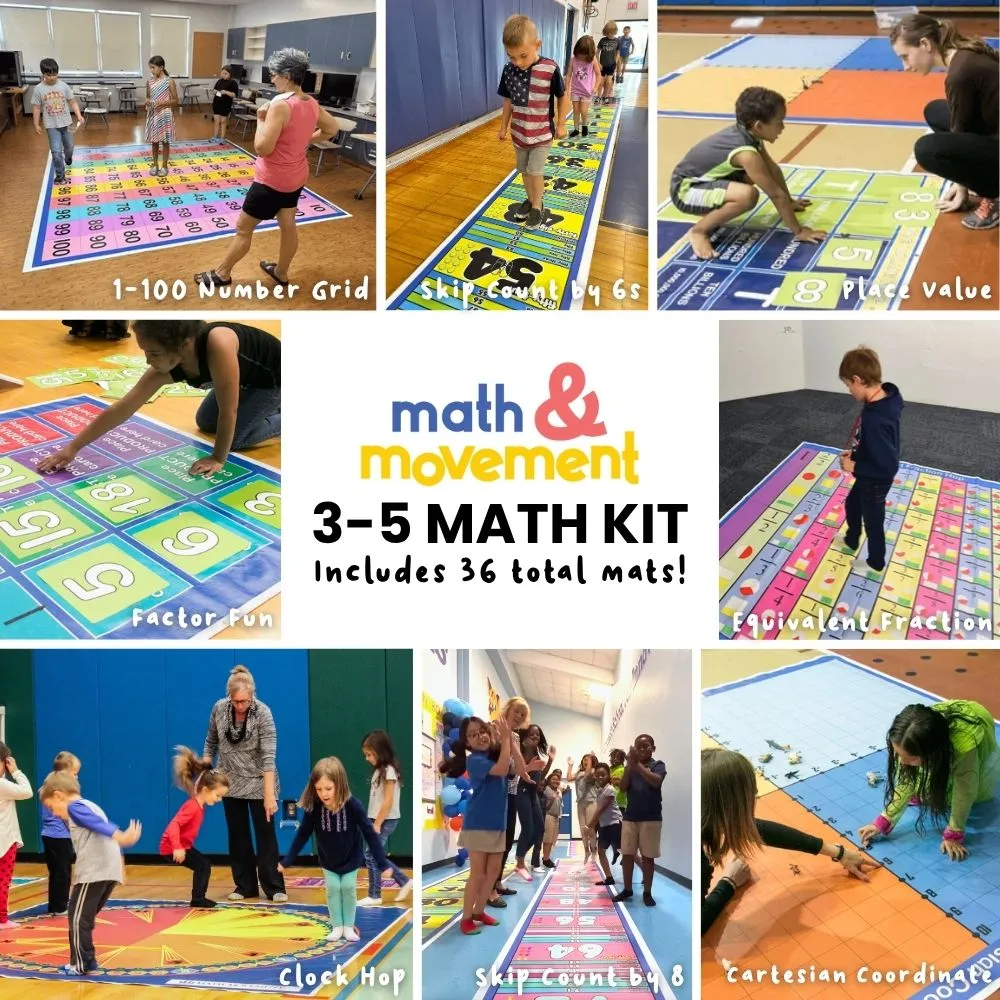
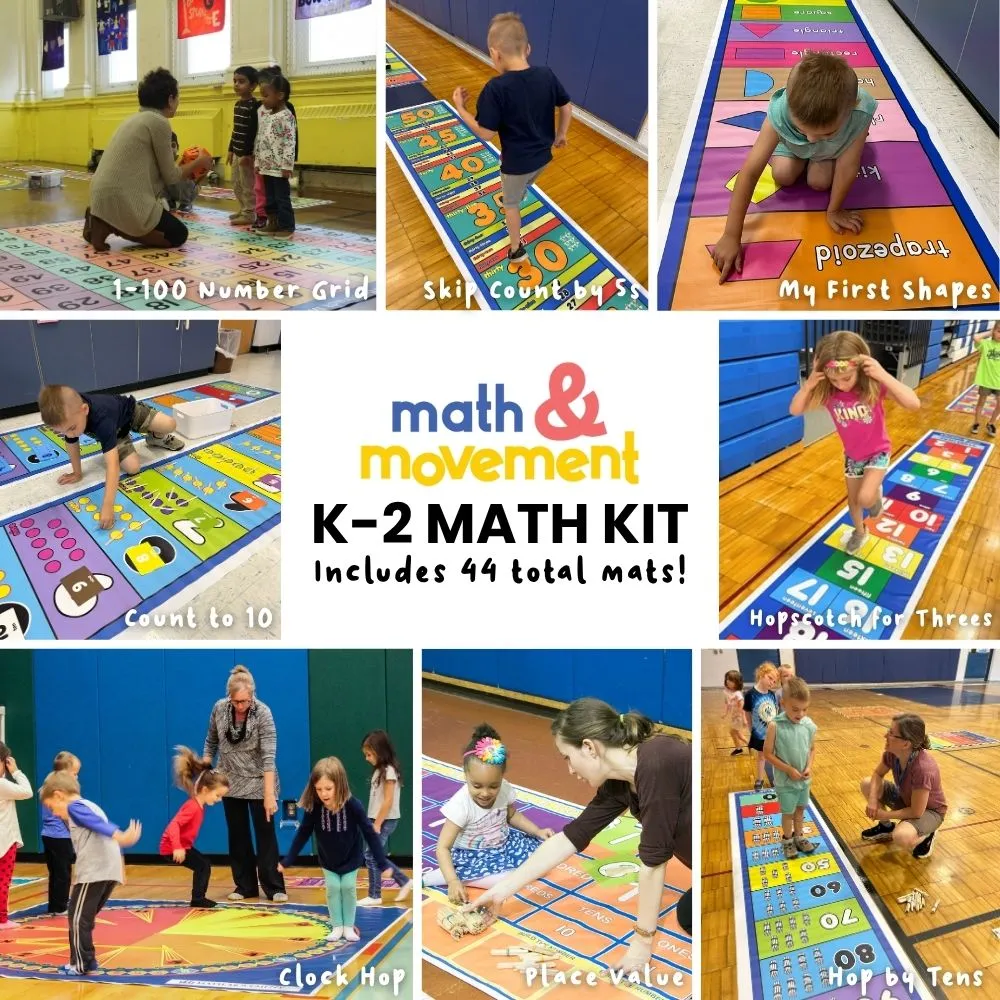
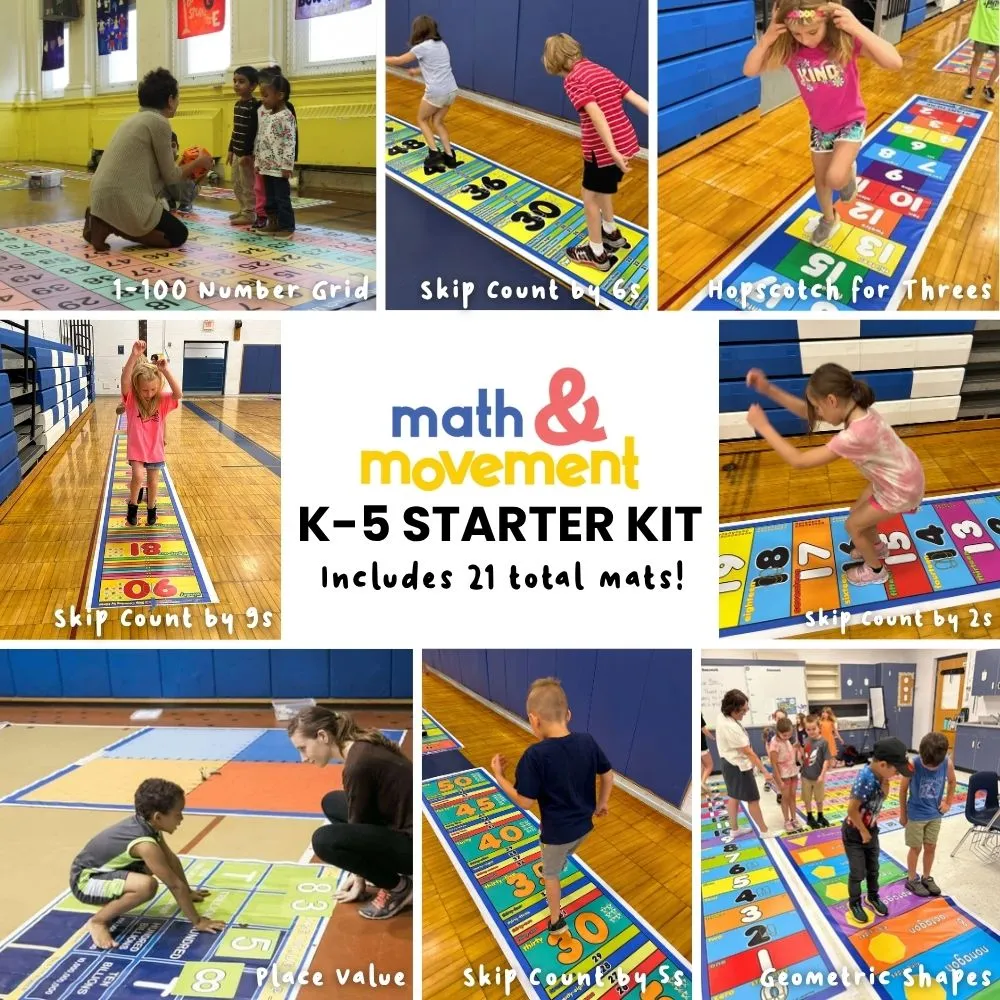
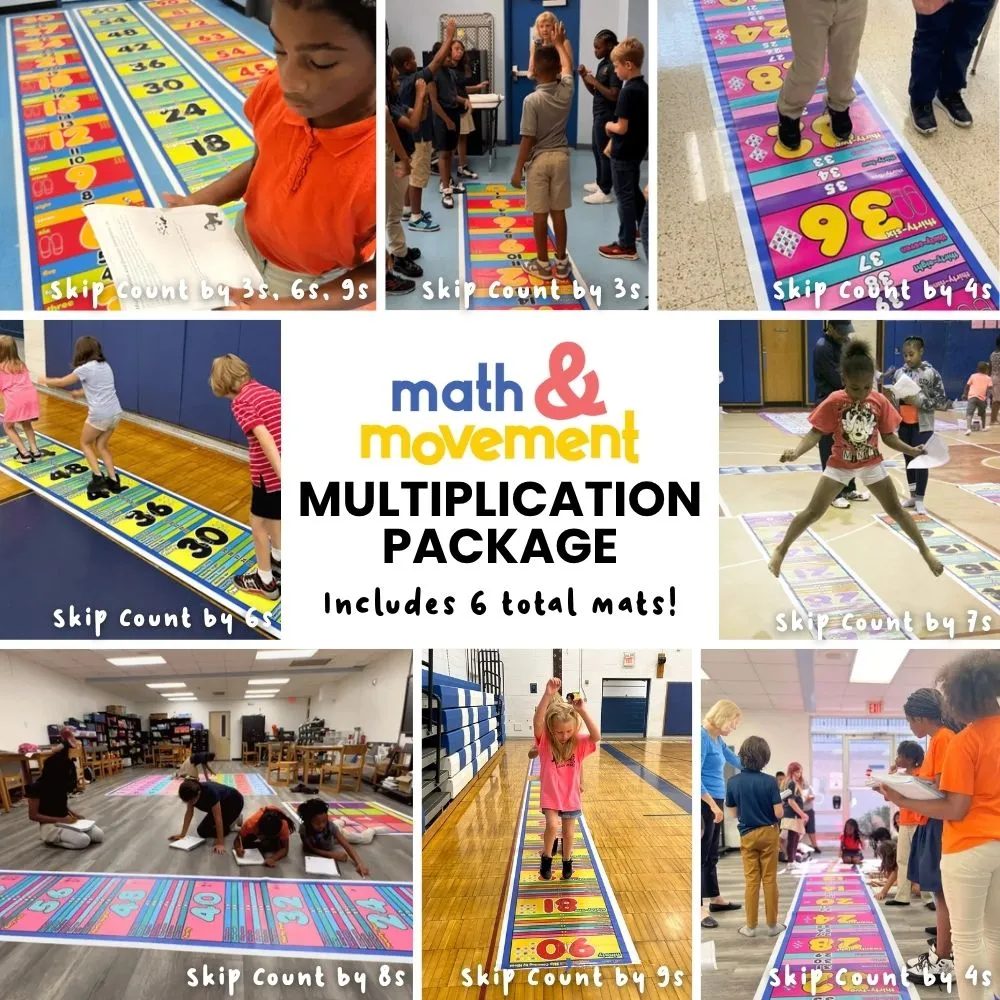
Wondering what kinesthetic learning in the classroom truly looks like? These practical examples demonstrate how movement can enhance learning outcomes and create a dynamic educational environment:
These examples illustrate how kinesthetic learning in the classroom can be implemented to achieve measurable improvements in student engagement and academic performance. How will you use these strategies to enhance learning within your classrooms?
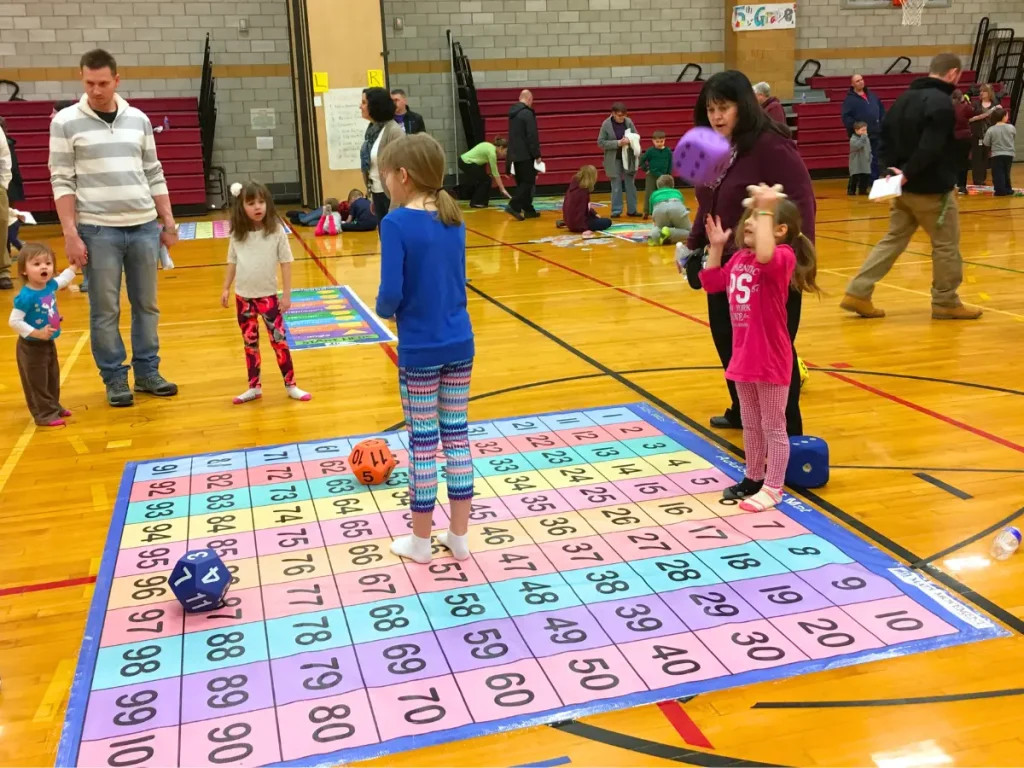
Kinesthetic learning strategies offer a powerful way to enhance student engagement, comprehension, and overall academic performance. By integrating kinesthetic learning activities into your classrooms, your teachers aren’t just teaching; they’re changing how students experience education.
Ready to see kinesthetic learning in action? Discover our research-backed methods and ignite a passion for learning. Explore our kinesthetic learning solutions and how they can elevate your students’ classroom experience.
Request an Instant Quote for Your School
Create a custom quote to enhance your school’s learning environment with kinesthetic opportunities. Choose from Math & Literacy Kits, Classroom Kits, and individual mats and resources—designed to boost student engagement and achievement. Our materials align with state standards, integrate seamlessly into your curriculum, and include ready-to-use activities for teachers. Plus, save more when you bundle with our Kits! Select your materials and request your quote today!
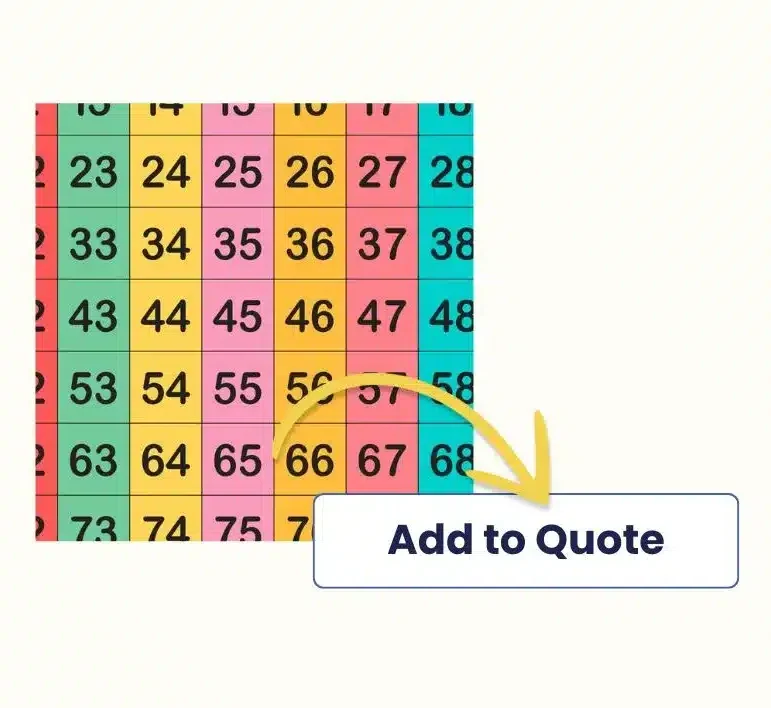

Suzy Koontz, CEO and Founder of Math & Movement, has spent over 25 years helping students achieve academic success. She has created over 200 kinesthetic teaching tools adopted by schools nationwide and has authored over 20 books. As a sought-after national presenter, Suzy shares how movement can transform the way students learn.
Movement isn't just for recess
Want to get started with movement-based learning right now? Enter your email to get our training manual with over 250 active math movements. No materials necessary!

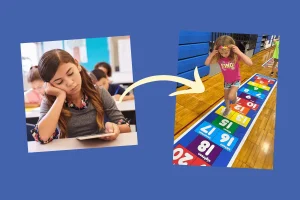
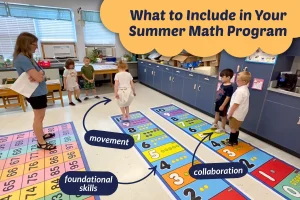
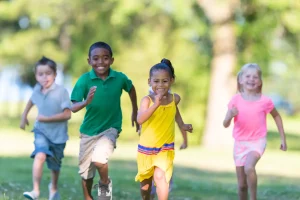
Subscribe to Our Newsletter
We never share or sell your data.
Please leave your email and a quick note for us. We will get back to you soon! In the meantime, here are answers to some of our most common questions:
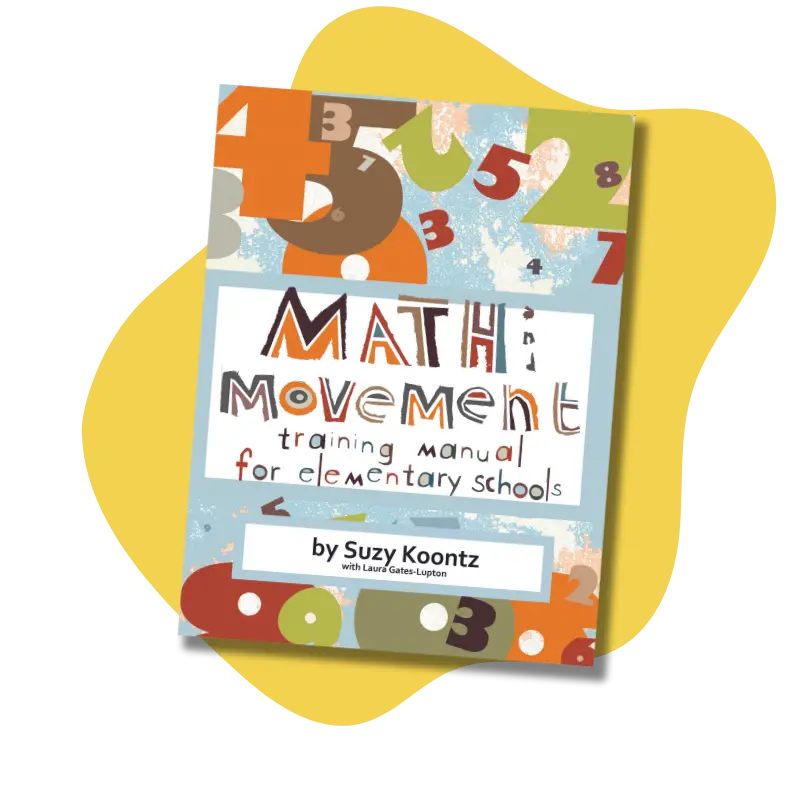
Enter your email to get our training manual with over 250 active math movements. No materials necessary!
We never share or sell your data.